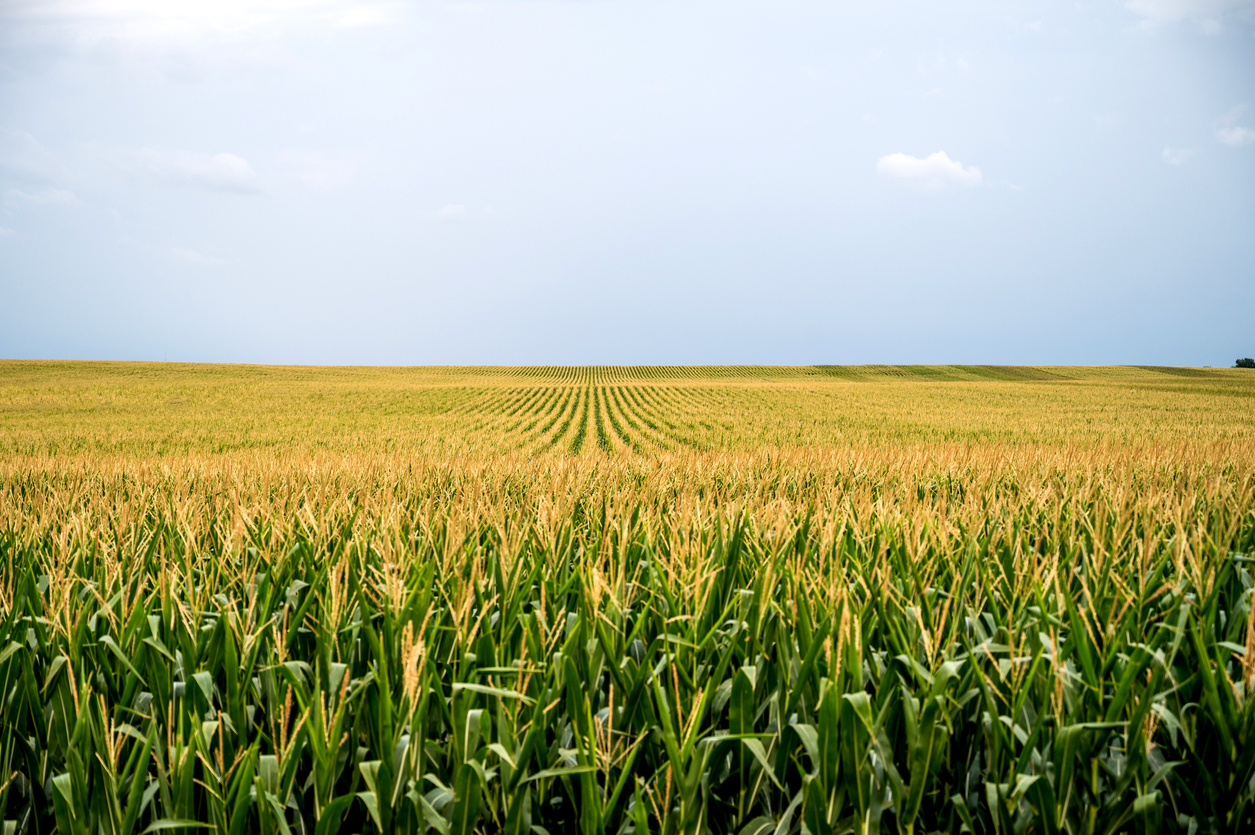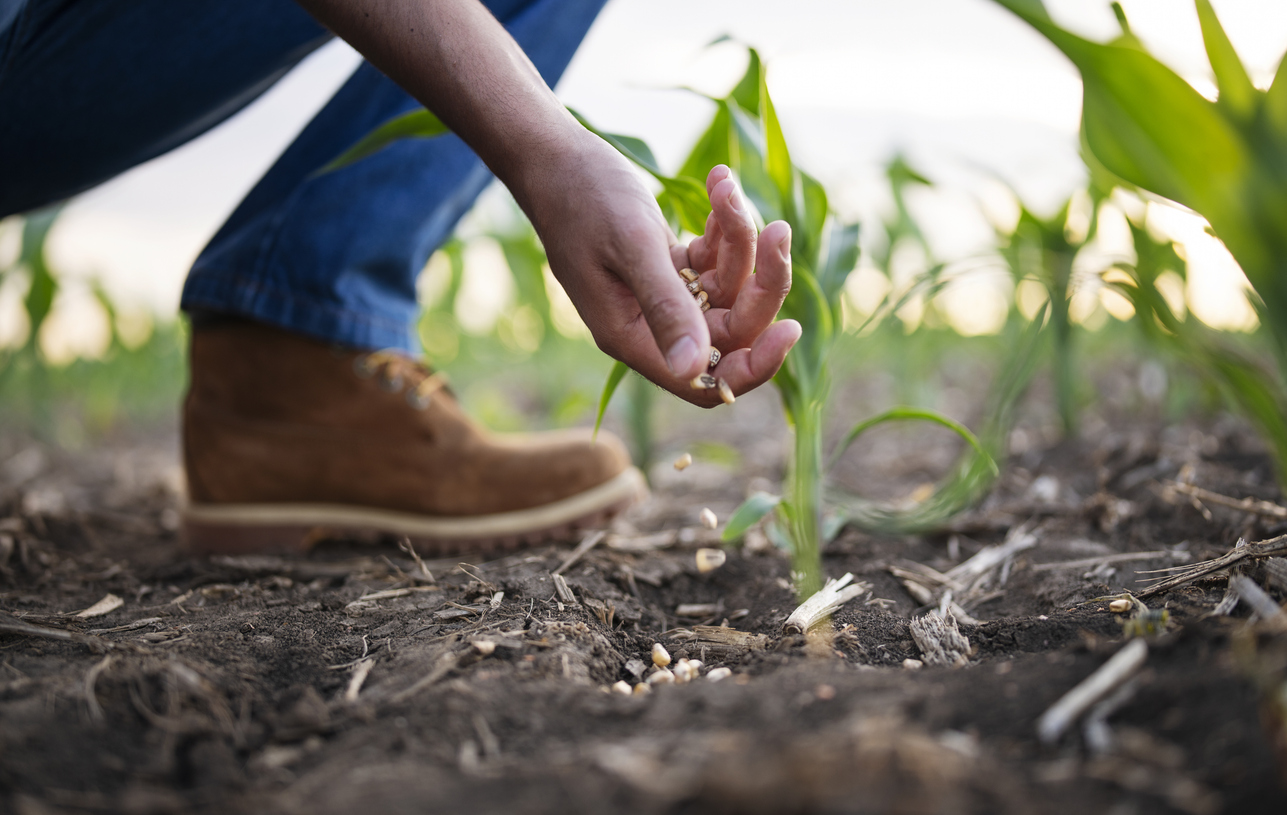Soil Compaction and Dinosaurs

Many lessons can be learned from history, even ancient history. Scientist have studied dinosaurs and discovered that their foot print was heavier than modern farm equipment. However, soil compaction from a dinosaur’s foot print was much less, so scientists are wondering why? This study was recently published in a recent paper in the Proceedings of the National Academy of Sciences, which linked farm machinery and dinosaurs. Soil compaction is causing crop yields to decline. The increasing human population requires more food production and more efficient use of arable (crop-producing) land. To increase efficiency, farm machinery has become larger, with combines having wider grain heads and larger grain hoppers and grain carts . Over the last few decades, the weight of combines has increased almost 10-fold, from around 9,000 pounds in 1958 to 80,000 pounds (40 ton) today. The result has been a growing problem, the compaction of soil below the tillage zone. The subsoil is where plant...




